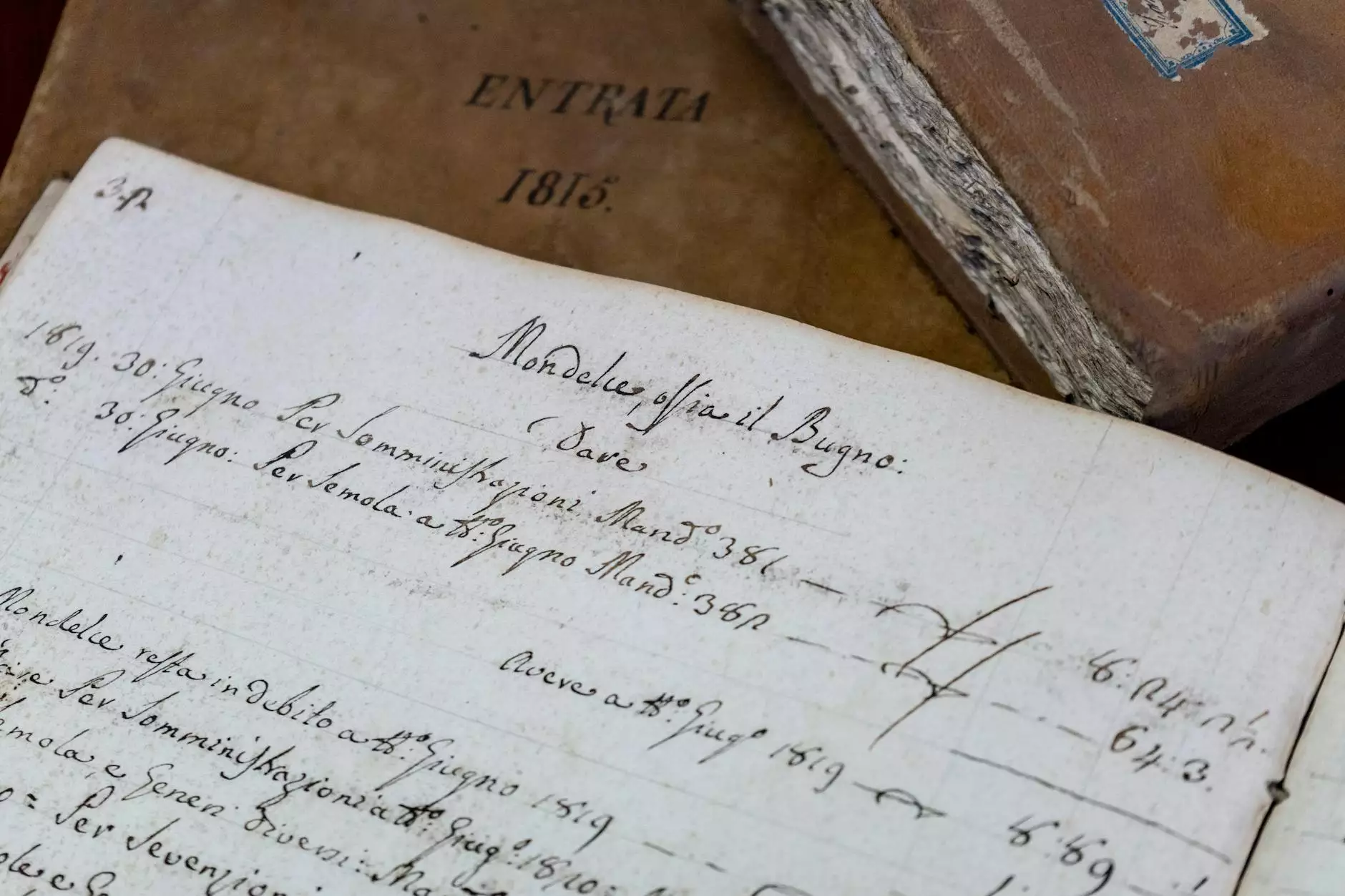Understanding the Western Blot: A Comprehensive Guide

The Western Blot technique has revolutionized the field of molecular biology, providing researchers with invaluable insights into protein expression and detection. This guide delves deeply into the intricacies of the Western Blot method, its applications, and its significance in various scientific fields.
What is the Western Blot?
The Western Blot is an analytical technique used to detect specific proteins within a complex mixture. It combines the principles of gel electrophoresis and specific antibody binding to allow researchers to determine the presence and quantity of proteins in a sample. Developed in the 1970s, this method has become a cornerstone in biochemical research, diagnostics, and clinical laboratories.
The Science Behind the Western Blot
Understanding the Western Blot begins with comprehending its fundamental steps. The process involves several critical phases, each essential for accurate outcome.
1. Sample Preparation
Before conducting a Western Blot, the samples must be prepared adequately. This involves:
- Cell Lysis: Breaking open cells to release proteins. This can be achieved using lysis buffers that contain detergents, salts, and protease inhibitors.
- Protein Quantification: Measuring the protein concentration using methods like the Bradford assay or BCA assay to ensure equal loading on the gel.
- Dilution: Diluting samples appropriately to ensure optimal detection in the subsequent steps.
2. Gel Electrophoresis
Once the samples are prepared, they are subjected to gel electrophoresis. This step separates proteins based on their size:
- Preparation of the Gel: Typically, polyacrylamide gels are used. The concentration of the gel can be adjusted depending on the size of the proteins of interest.
- Loading the Samples: The prepared samples are loaded into the wells of the gel, alongside a molecular weight marker.
- Running the Gel: An electric current is applied, causing the proteins to migrate through the gel. Smaller proteins move faster, resulting in size separation.
3. Transfer to Membrane
After electrophoresis, the proteins must be transferred to a solid support membrane, commonly made of nitrocellulose or PVDF. This is often achieved through:
- Electroblotting: Using an electric field to move the proteins from the gel to the membrane.
- Capillary Transfer: A passive method where the gel is placed in contact with the membrane, and protein transfer occurs through capillary action.
4. Blocking
After transfer, the membrane is blocked with a protein solution (e.g., BSA or non-fat milk) to prevent non-specific binding of antibodies. This step is crucial for minimizing background noise and enhancing the specificity of the detection.
5. Immunodetection
Next comes the core of the Western Blot: the immunodetection phase. Here’s how it works:
- Incubation with Primary Antibody: The membrane is incubated with a primary antibody that specifically binds to the target protein.
- Washing Steps: Subsequent washes remove unbound antibodies to reduce background.
- Incubation with Secondary Antibody: A secondary antibody, conjugated with an enzyme or a fluorochrome, is added to bind to the primary antibody.
6. Visualization
The final step involves detecting the protein-antibody complexes. This can be done in several ways:
- Chemiluminescence: A rapid and highly sensitive method that produces light upon substrate addition, visualized via X-ray film or digital imaging.
- Fluorescence: Utilizes fluorescent tags to visualize bands directly with appropriate imaging systems.
- Colloidal Gold Detection: Using nanoparticles for visualization under electron microscopy.
Applications of the Western Blot
The versatility of the Western Blot has led to its widespread use across various domains:
- Biomedical Research: Used to validate findings from genomics and proteomics studies.
- Clinical Diagnostics: Recognized for its role in diagnosing diseases, particularly viral infections like HIV.
- Quality Control: Employed in assessing the purity and concentration of protein samples in pharmaceuticals.
- Forensic Analysis: Used in forensic science to identify proteins in biological samples.
Factors Impacting Western Blot Results
While the Western Blot is a powerful technique, several factors can impact the accuracy and reproducibility of results:
- Antibody Quality: The specificity and sensitivity of the antibodies used are paramount. Poor quality antibodies can lead to unspecific binding and erroneous results.
- Sample Quality: Degraded sample proteins can yield misleading data. Proper storage and handling of samples are critical.
- Electrophoresis Conditions: Inconsistent gel preparation or running conditions can affect protein separation.
- Blocking Conditions: Insufficient blocking can result in high background noise.
Tips for Successful Western Blotting
To enhance the reliability and reproducibility of your Western Blot protocols, consider the following tips:
- Use Fresh Reagents: Always prepare fresh buffers and solutions to maintain optimal activity.
- Optimize Antibody Concentrations: Titrate antibodies to determine the best dilution for your specific experiment.
- Run Controls: Include positive and negative controls to validate the specificity of your findings.
- Consistent Loading: Ensure you load equal amounts of protein in each well to allow for accurate comparisons.
Conclusion
The Western Blot is an essential tool in modern molecular biology that enables the specific detection and quantification of proteins. Its detailed methodology, combined with its wide range of applications, makes it invaluable for researchers and clinicians alike. With proper understanding and technique, one can harness the full potential of the Western Blot to contribute significantly to scientific discovery and medical diagnostics.
Whether you're a seasoned researcher or just starting, mastering the Western Blot will undoubtedly enhance your biochemical toolkit and provide a solid foundation for future innovations in science. Explore further, carry out experiments, and contribute to the ever-growing body of knowledge in protein analysis!









